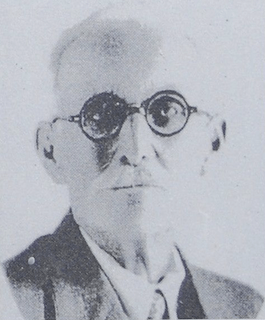Pioneer History
Celebrating the Legacy of the Pioneers
The pioneers who ventured into the rugged terrain of what is now Zion National Park played a crucial role in shaping the region’s history and culture. Driven by their faith and determination, these hardy settlers from the Church of Jesus Christ of Latter-day Saints (LDS) left a lasting impact on the landscape and the communities that developed in the area. In this page, we will pay tribute to the pioneers who contributed to the rich heritage of Zion National Park, explore the fascinating stories of their lives, and examine the unique lodging styles that reflect the region’s historical diversity.
The Pioneers and The Church of Jesus Christ of Latter Day Saints
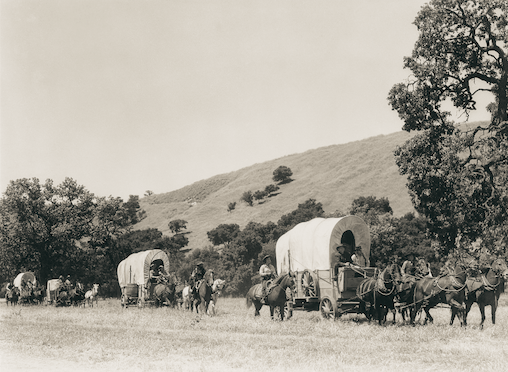
Arrival and Settlement
Mormon pioneers first arrived in the Zion region in the mid-19th century, following their leader Brigham Young’s call to settle the untamed lands of the American West. These early settlers established small communities, built homes, and developed agricultural practices that allowed them to thrive in the challenging environment.
Early Expeditions and Exploration
In the early 1850s, Mormon scouts like Parley P. Pratt and Nephi Johnson were sent to explore the region surrounding Zion, paving the way for future settlers. Their reports on the area’s potential for agriculture and the presence of water resources were crucial in drawing pioneers to the area.
Founding of Springdale and Other Settlements
In the late 1850s, early settlements such as Springdale, Rockville, and Grafton were established along the banks of the Virgin River. These communities relied on irrigation systems to cultivate crops and sustain their growing populations.
Establishing Infrastructure and Transportation
The construction of the Zion-Mt. Carmel Highway in the 1920s and other infrastructure projects played a vital role in connecting these remote settlements with the outside world, facilitating trade and promoting tourism in the region.
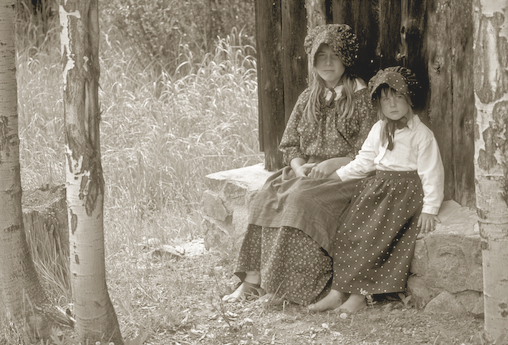
Faith and Community
The LDS faith played a central role in the lives of the pioneers, providing them with a sense of purpose and unity as they carved out a new life in the wilderness. Their deep spiritual connection to the land and their strong communal bonds helped them overcome countless hardships and challenges.
Building the First LDS Meetinghouses
As the communities grew, the pioneers built the first LDS meetinghouses, which served as centers for worship, education, and social activities. These buildings became the heart of their communities and showcased their commitment to their faith.
Mutual Aid and Cooperation
The Mormon pioneers in the Zion region were known for their strong sense of cooperation and mutual aid. They worked together on community projects, such as building roads, bridges, and irrigation systems, which were essential for their survival in the harsh environment.
Missionary Work and Expanding the Faith
Stories of Resilience and Faith: Nellie Unthank and the Hurricane Canal
Nellie Pucell Unthank: Triumph over Adversity
Nellie Pucell Unthank’s life story is a powerful and inspiring tale of courage, determination, and triumph over adversity. Born in England in 1874, Nellie and her family joined the Church of Jesus Christ of Latter-day Saints and set out on a perilous journey across the Atlantic Ocean and the vast American plains in search of a new life in the West.
Continue Reading
As they traveled westward with a group of pioneers, Nellie faced unimaginable hardships. One of the most harrowing challenges occurred during the winter, when her family’s wagon became stuck in deep snow. In a desperate attempt to free the wagon, Nellie’s shoes became soaked through, leaving her feet exposed to the freezing temperatures. As a result, she suffered severe frostbite, and both of her feet had to be amputated at the ankles. Despite the rudimentary surgical conditions, Nellie somehow managed to survive the ordeal, although her leg bones were left exposed and never healed properly.
Undaunted by her disability, Nellie persevered and continued to journey with her family to Utah, where they eventually settled in Cedar City at the behest of Brigham Young. Despite her physical limitations, Nellie contributed to her community by working as a seamstress and even serving as a midwife. She married and raised a family, becoming a beloved figure in her community and a shining example of strength, resilience, and faith.
As she navigated the challenges of daily life, Nellie never lost sight of her faith, her love for her family, and her commitment to her community. Her story is not only a testament to her indomitable spirit but also serves as an enduring inspiration for all who face adversity and struggle in their own lives. By commemorating Nellie Pucell Unthank’s life and achievements, we honor the legacy of a remarkable pioneer woman who overcame incredible odds to make a lasting impact on the world around her.
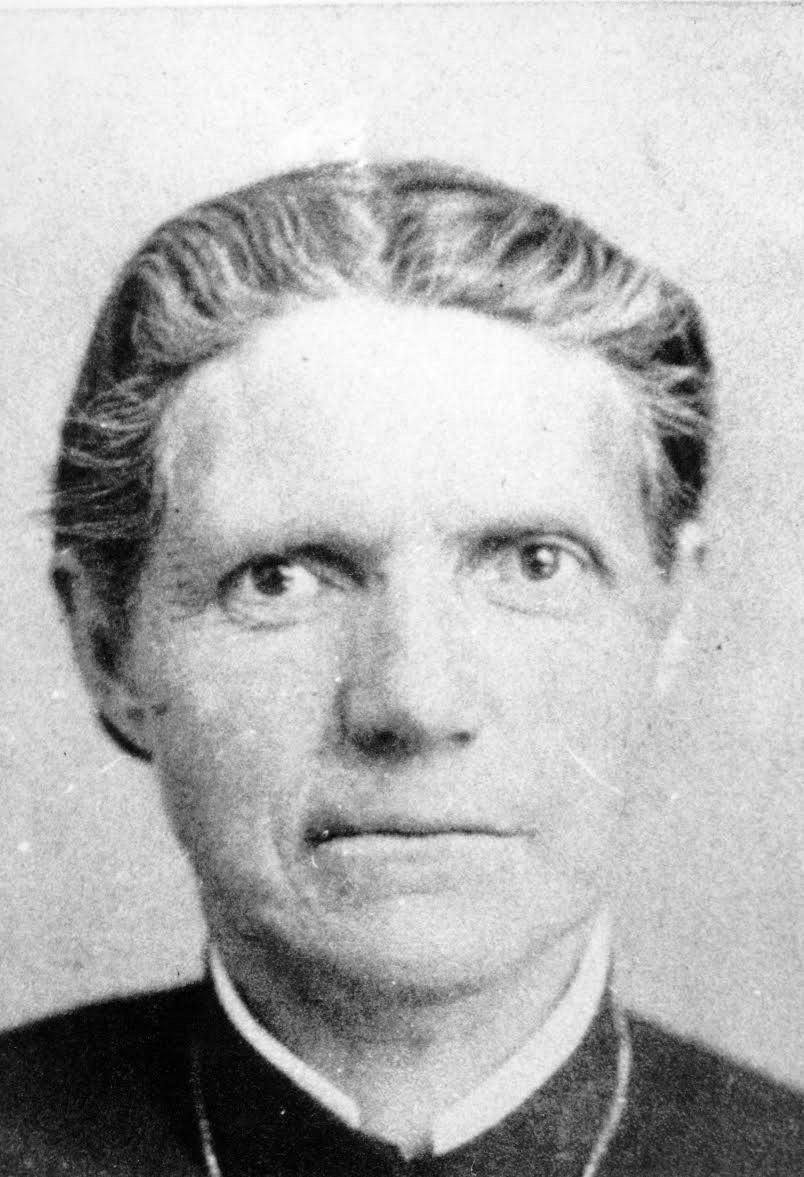
The Hurricane Canal: A Story of Faith, Sacrifice, and Community Spirit
The construction of the Hurricane Canal is a remarkable tale of unwavering faith, selfless sacrifice, and the indomitable spirit of community that characterized the lives of the pioneers who settled in the Zion National Park region.
Continue Reading
The story begins in the late 19th century when the pioneers were tasked with an ambitious mission: to build a canal that would bring water from the Virgin River to the arid lands around Hurricane, Utah, enabling the establishment of a flourishing agricultural community.
The undertaking was no small feat, as it involved carving a 7.5-mile-long channel through the rocky terrain, crossing deep ravines and navigating steep cliffs. Undeterred by the monumental challenge, the pioneers – mostly farmers with little experience in engineering – banded together and set to work, guided by their faith and determination to create a better future for their families.
For three long years, these tenacious settlers toiled on the project, often facing seemingly insurmountable obstacles. Many families went broke, pouring their life savings and resources into the construction of the canal. In the face of such adversity, their unwavering commitment to their faith and their community never wavered.
One pioneer, desperate to save the struggling project, embarked on a daring journey on horseback to Salt Lake City to seek financial assistance from the church leader, Brigham Young. The arduous trip covered hundreds of miles through treacherous terrain, but the pioneer’s determination and faith were unshakable.
Upon reaching Salt Lake City, the pioneer received the necessary funds to continue the project, and the settlers resumed their work with renewed vigor. Finally, in 1904, the Hurricane Canal was completed, bringing life-giving water to the parched lands and enabling the growth of a thriving agricultural community that would become a testament to the pioneers’ resilience, ingenuity, and spirit of cooperation.
The story of the Hurricane Canal is not just about the physical feat of engineering; it is a powerful reminder of the unbreakable bonds of faith, family, and community that sustained the pioneers through their most challenging times. By remembering and honoring their story, we pay tribute to the indomitable spirit of those who transformed the landscape of Zion National Park and the surrounding region, leaving a lasting legacy for generations to come.
